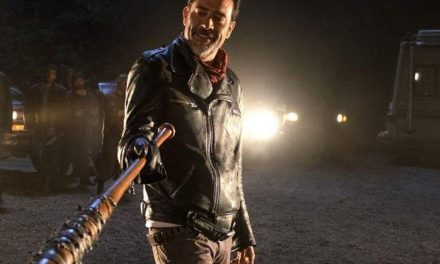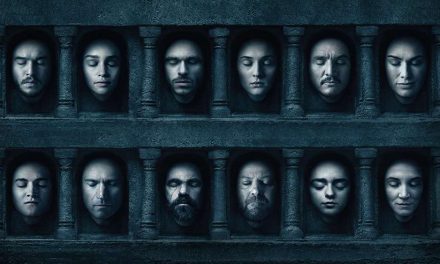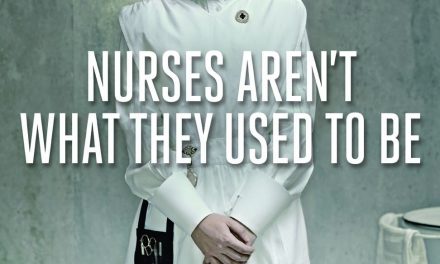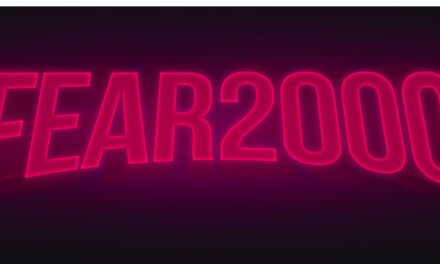As the noted political geographer and urban theorist Edward Soja has suggested, under current socio-political conditions, “relations of power and discipline are inscribed into the apparently innocent spatiality of social life… human geographies become filled with politics and ideology.” Within an epoch structured around the machinations of transnational global capital, authoritarian state (and supra-state) governance, the birth of an obfuscated neo-colonialism and neoliberalist political hegemony, how can contemporary moving image practices capture—and, concomitantly, offer modes of resistance to—the spatial machinations of contemporary power relations?
Several contemporary theorists—from Frederic Jameson and his notion of “cognitive mapping” to Alberto Toscano and his formulation of mapping the “social totality”—have tried to understand how aesthetic practices can be employed to expose the semi-discreet, yet interrelated, inner workings of: late-capitalism, authoritarian state governance, neo-colonialism, illegal occupation and internment, natural resource extraction, indigenous displacement and gentrification/urban re-structuring. These spatial exploitations have devastating effects on peoples and communities.
Moving image practice presents tools for exploring these processes of exploitation and injustice in new and novel ways. These tools are resources for bearing witness, and bringing into view, the voices of peoples and communities affected. These media forms may offer significant powers of spatial visualisation, hitherto neglected in the foregrounding of their temporal properties. The work of Allan Sekula, James Benning, Ursula Biemann, Patrick Keiller, Susan Schuppli, Jonathan Perel, (amongst others), testifies to the fecundity of this focus of the moving image.
The aim of this symposium is to further examine how moving image can play a key role in exposing such spatial injustices and exploitations. Indeed, we contend that such practices have a crucial role to play in undermining the apparently “seamless” functioning of such spatialised power relations; helping to throw into sharp relief their fissures, cracks and contradictions. What strategies of intervention and visualisation have been developed? Which remain underexplored or underdeveloped? This symposium seeks to bring together an interdisciplinary range of scholars and media-makers to explore these questions.
This symposium welcomes both traditional paper proposals and media research-creation projects.
Possible areas of inquiry include but are not limited to:
- Visualising late capitalism
- Anthropocene/capitalocene debates
- Place and affect
- Carceral geographies
- Media logistics and infrastructure
- Migration and bordering
- Indigenous displacement
- Gentrification
- Spaces of riot and protest
- Uneven development
- Spatial fixing
- Marxist geography
- Natural resource extraction
- Illegal occupation and internment
- Paper proposals should be no more that 500 words and should include a brief biography.
Research-creation proposals should be no more than 400 words and should include some footage/visuals from the project.
Post-conference, we hope to collect extended essays from participants into a book, possibly with an additional online component to showcase research-creation projects.
Please send proposals to:
Stephen Connolly (stephen.connolly@ucreative.ac.uk), Matthew Gibson (mceg2@kent.ac.uk) and Patrick Brian Smith (patrickbriansmith@gmail.com) by March 1st 2018.
Conference website: https://visualisingspatialinjustice.weebly.com/





